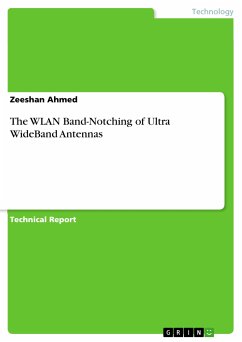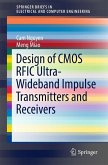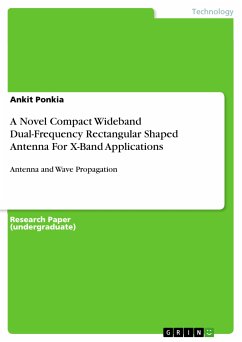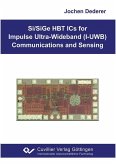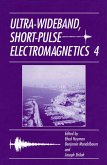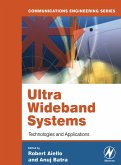Technical Report from the year 2013 in the subject Engineering - Communication Technology, grade: A, , course: Electrical Engineering, language: English, abstract: In this report three staircase UWB antennae with WLAN band notch characteristic, each having different ground planes, are presented. These include a Co-Planar Waveguide-fed antenna, a Transmission Line-fed antenna with partial ground plane having a Defected Ground Structure (DGS) and a Transmission Line-fed antenna with slotted ground plane. All the band-notched antennae have rejection characteristics at 5 GHz WLAN band (5.15GHz to 5.35GHz and 5.725GHz to 5.825 GHz) while the antenna with slotted ground plane rejects the 4.9GHZ WLAN band (4.94GHz to 4.99GHz) as well. In all the three antennae the WLAN band is notched by embedding a U-shaped slot in the transmission line. The proposed antennae are carefully designed, simulated and tested in order to fulfill the UWB antennae's pre-defined criteria. The Simulated and Measured results are found to be in good agreement which show the validity of the suggested designs. Since the commencement of human civilization, humankind attempts to communicate with each other. It is the process of communication, namely the sharing of information, emotions and feelings that has made the mankind the sterling creation of God. It all started with gestures of hands and sounds produced by the vocal cords and gradually evolved into wired and wireless communication now. The orthodox wireless systems were long-range narrowband systems, but in order to use the available spectrum, now, UWB (Ultra-Wideband) short-range systems are being used which consume low power and built using low-priced digital components. The Microstrip Antennae are designed to implement UWB systems, because they show effective results for broadband antennae. Ultra-wideband (UWB) antennae are by far the most essential elements for UWB systems. With the launch of the 3.1GHz to 10.6GHz band, applications for short-range and high-bandwidth portable gadgets are major research areas in UWB systems. Consequently, the acknowledgment of UWB antennas in printed-circuit systems within comparatively small substrate areas is of major significance.
Dieser Download kann aus rechtlichen Gründen nur mit Rechnungsadresse in A, B, BG, CY, CZ, D, DK, EW, E, FIN, F, GR, HR, H, IRL, I, LT, L, LR, M, NL, PL, P, R, S, SLO, SK ausgeliefert werden.

